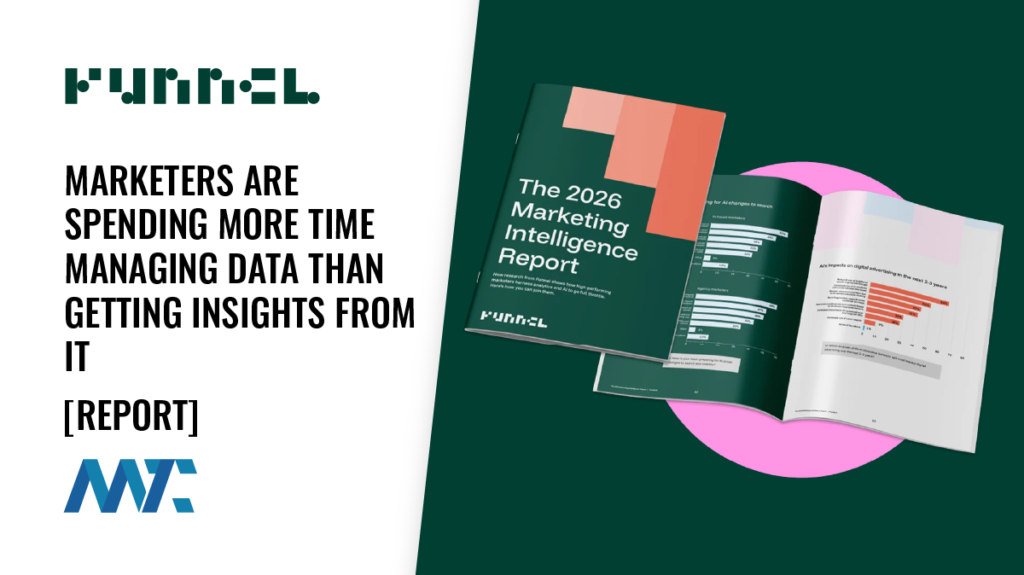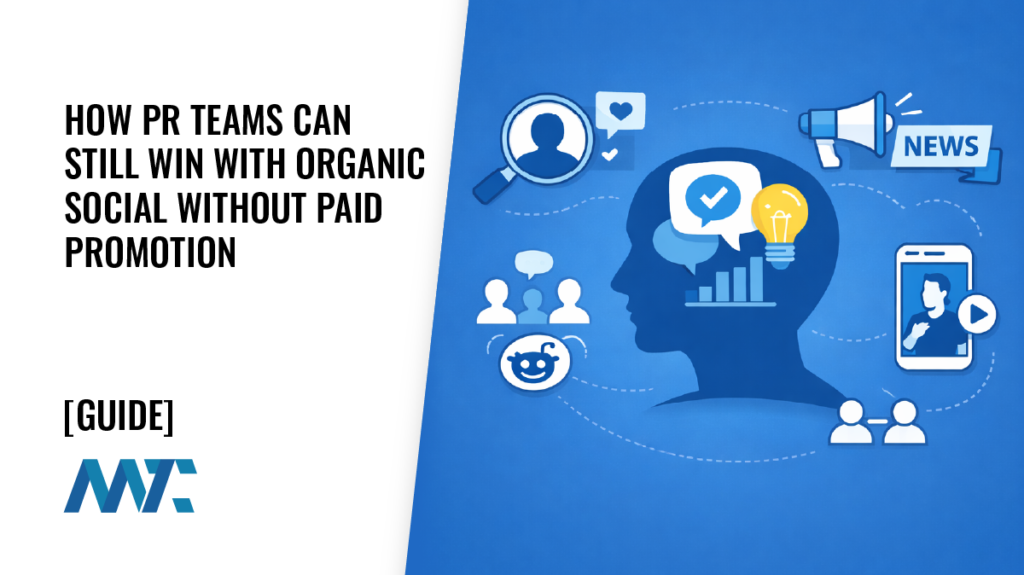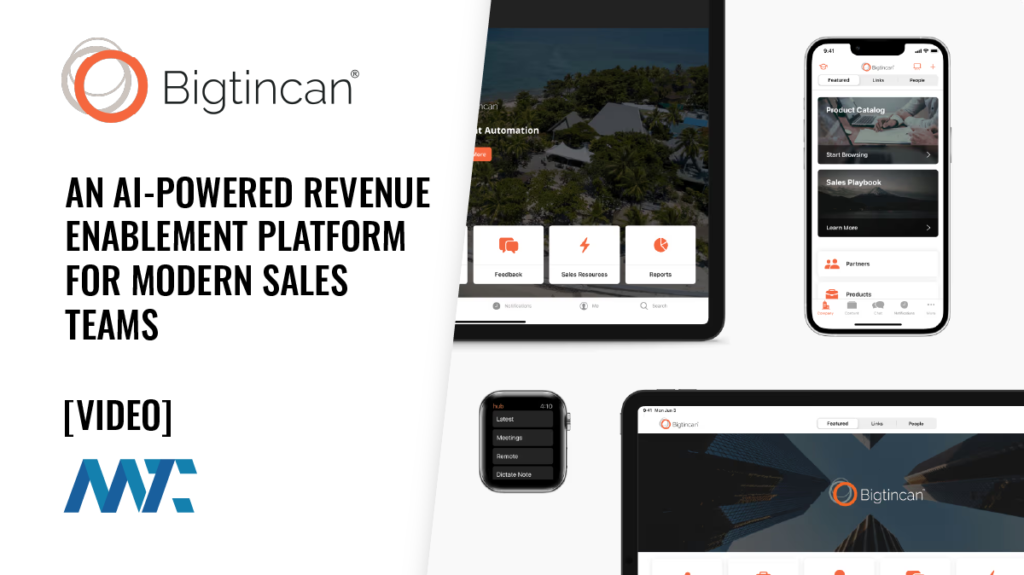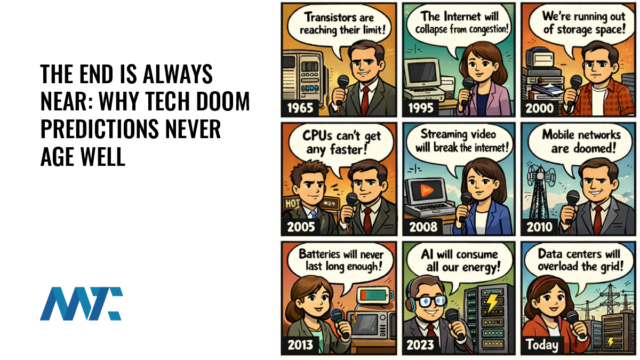Forget The Hype. This Is What Actually Works in Marketing Now

As we embark on the second half of 2025, your shiny new marketing toy might already be broken.
As many marketers (and the business leaders they are accountable to) are noticing, the marketing arena is littered with expensive tools, failed strategies, and broken promises.
With the second half of the year sure to be more uncertain and unforgiving, the winning marketing playbooks are changing.
Put differently, at a time when every dollar of marketing spend will be closely scrutinized for ROI, identifying the marketing tactics that work and the tools that can accelerate or amplify those outcomes is mission-critical to drive real, measurable results.
The Marketing Trends Producing Results Right Now
Currently, demand for unique and compelling content is surging, necessitating even greater investment in time and media spending.
Even so, breaking through the noise, reaching your target audience, and converting new customers is more complicated than ever. A back-to-basics approach simplifies marketing strategy and produces impactful results.
This has led to several key trends that inform marketing strategies for 2025 and beyond. Here are three that every marketer should be paying attention to.
#1 Channel Consolidation
As technology became ubiquitous, brands felt compelled to be where their customers were.
They wanted to be everywhere.
Now, many brands are abandoning this approach and returning to core channels that deliver cost-effective, high-intent traffic. Specifically, the focus is shifting back to Meta platforms and Google Ads, where video is king but takes more time and talent to produce.
Platform consolidation is accompanied by a renewed emphasis on proper execution, recognizing that excellence and precision are more important than being everywhere at once.
Currently, brands are experiencing higher-than-usual click-through rates and lower cost-per-click compared to their multi-channel peak.
The implications are twofold.
- Brands are shrinking their experimental marketing budgets. After all, why guess at the next big thing when you can learn quickly and pivot decisively?
- These platforms enable marketers to test, fail, and learn quickly, allowing them to refine their tactics and messaging, converting customers more quickly and efficiently.
#2 Instagram Is Now Your SEO Secret Weapon
Social media and search engine results are no longer two separate silos.
A fundamental shift from Google is shaking up organic rankings by indexing public Instagram content, turning every post into a searchable asset.
Starting July 10th, Google will index public Instagram posts from professional and creator accounts, making visual content discoverable in search.
For eligible creators, Google is indexing the full content of a post, incorporating:
- The image(s) or video itself
- The caption/post text
- The alt text associated with the image
- The hashtags used
- Public comments
As a result, Instagram content will surface across the Google ecosystem, including standard search results, Google Images, and Google Discover.
For marketers, this means that every Instagram post is a searchable asset.
As a result, the value of a post, once measured in likes, shares, comments, and follower growth, expands since it’s now a long-term, durable, and searchable piece of content for the five trillion Google searches conducted annually.
#3 LinkedIn is Building Brands
LinkedIn has evolved beyond a simple B2B networking site into a powerful platform for building authentic personal and company brands.
LinkedIn is no longer just a platform for nurturing sales leads. It’s quickly becoming a space for creative design, frequent thought leadership, and building genuine community.
The platform’s ascendance as a top-tier marketing channel has produced a new genre of marketing partners. For instance, Amelia Sordell has leveraged the platform to build her personal brand and launch Klowt, a personal branding consultancy that helps other business leaders do the same.
LinkedIn marketing is effective even in unexpected sectors, as authentic user-generated content (UGC) and employee advocacy on LinkedIn are gaining credibility as trust in traditional influencers wanes.
Strategy Sells
To be sure, there is an enormous chasm between understanding trends and making those trends work for you. Taking action requires the right tools and strategies to translate that understanding into specific, measurable actions.
Here’s how.
1. Redefine Your Relationship with ROI
In an era of instant metrics, it’s important to remember that true marketing ROI is not always immediate.
As marketing professionals, we need to educate stakeholders and build strategies that account for longer, more complex customer purchase cycles and the long-term effects of brand building.
For example, one study by Google and WARC found that companies that exclusively prioritize short-term ROI may be ignoring half of the media returns that result from brand building.
The best marketers are investing in all aspects of their funnel to drive long-term, sustainable growth, starting with strong mental availability.
2. Use AI as a Co-Pilot, Not an Autopilot
Generative AI (Gen AI) is ubiquitous in the marketing sector, with nearly three-quarters of marketing professionals saying they are already using the technology.
Undoubtedly, Gen AI is a powerful tool, and marketers should leverage its capabilities to enhance creativity and boost operational efficiency.
However, its output is only as good as the strategy behind the prompt. A dangerous trend has emerged: asking AI to be the strategist.
The solution: use Gen AI as a co-pilot, not an autopilot.
3. Get the Upfront Work Right
You can eliminate costly guesswork and wasted ad spend by doing more legwork at the beginning.
Start with your first-party data from your website analytics, CRM systems, and social media platforms. This can help you uncover the truth about your most valuable customers and the content that resonates with them.
The right first-party (1P) data can inform your strategic plan moving forward, enabling you to accelerate progress toward objectives, KPIs, audience personas, customer journeys, and messaging.
Making Marketing Work Right Now
Making marketing work right now doesn’t require a shiny new marketing tool or strategy. In many ways, a back-to-basics approach is giving clarity to the approaches that work and the hype that fails to deliver a tangible return.
Strip away the complexity and focus on simple steps that allow you to move with greater clarity and confidence into the second half of 2025 and beyond.







